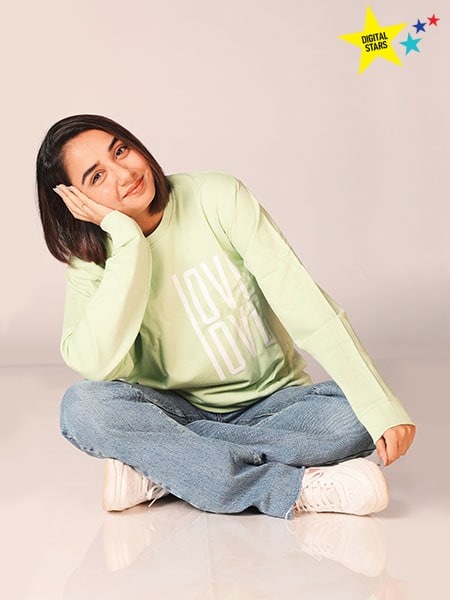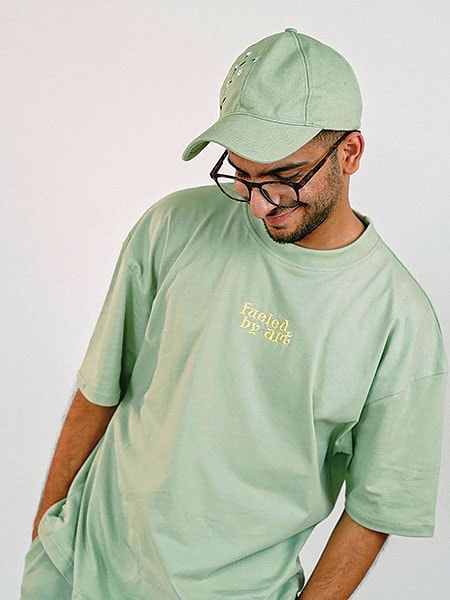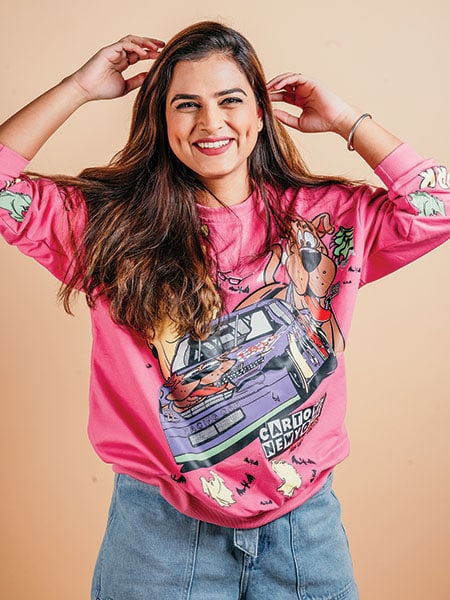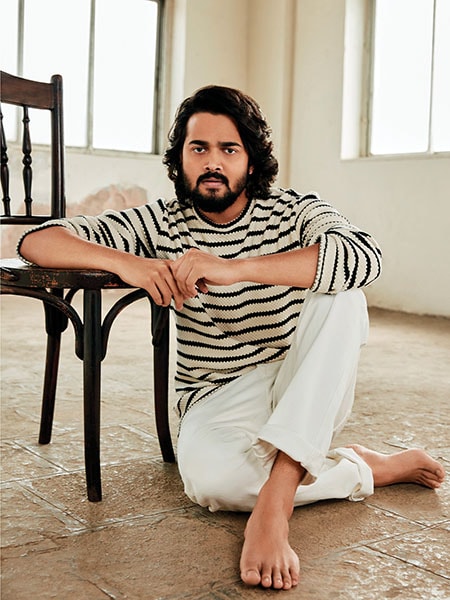
Merch maketh (wo)man: From Bhuvan Bam to Prajakta Koli, digital stars join merchandising bandwagon
Content creators are increasingly leveraging their loyal customer base to build personal labels and brands
 Prajakta Koli launched
her merchandise line in 2021. It comprises T-shirts, hoodies, sweatshirts, mugs, totes, masks, and sippers, among other things
Prajakta Koli launched
her merchandise line in 2021. It comprises T-shirts, hoodies, sweatshirts, mugs, totes, masks, and sippers, among other things
When Amisha Gupta recently wore a red-coloured hoodie during a day out with friends, the 25-year-old Mumbai baker did not expect her friends to recognise ‘MostlySane’ that was printed on it. To her surprise, three of her friends knew that the hoodie was from the merchandise collection of Prajakta Koli, a content creator and actor, whose YouTube channel is called ‘MostlySane’. “One of my friends has also bought the hoodie,” says Gupta, a follower of Koli’s content, adding that she received compliments on her hoodie from two people that day. “I bought her merchandise out of love for her work. I didn’t realise her clothes would become so mainstream,” she says.
Having started her career with videos on YouTube at the age of 20, Prajakta Koli has close to seven million followers on YouTube, and five million on Instagram. “Back in 2017, we came across a couple of my followers gifting each other products or clothes that had my content references or my name on them. We realised that there is a potential to launch an official merchandise, but we held off because I didn’t feel it was the right time,” says Koli.
With time, as she became more popular, she organised events to gauge the demand for her merchandise. “The response was overwhelming,” she says. This led her to launch a merchandise line in 2021, offering T-shirts, hoodies, sweatshirts, mugs, totes, masks, and sippers, among other things.
Bhuvan Bam is one of the first influencers in India to start his label named Youthiapa with friend Arvin Bhandari back in January 2017. “I remember how the website crashed within minutes on the day of the launch. The response to the merchandise ever since the launch has been amazing,” says Bam.
The demand for influencer-led merchandise is on the rise. Content creator Vishnu Kaushal, for instance, launched his merchandise named Peach by Vishnu in August 2021 and has released four collections since, all of which got sold out within days. “The goal is to create something people can have a relationship with, like Zara, which is known not only for clothes, but also the design,” the 25-year-old explains.
_20220316022208_102x77.jpg)












